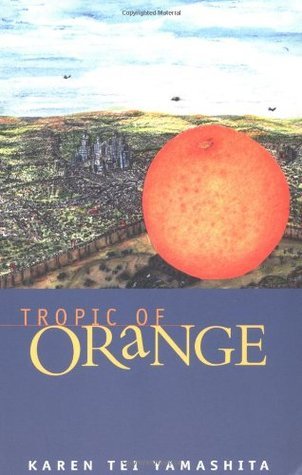What do you think?
Rate this book


268 pages, Paperback
First published September 1, 1997
"The assemblage of military might pointed at one's own people was horrific, as was the amassing of weapons and munitions by the people themselves."
"Talked about mythic realities, like everyone gets plugged into a myth and builds a reality around it. Or was it the other way around? Everybody gets plugged into a reality and builds a myth around it."
They straddled the line--a slender endless serpent of a line--one peering into a private world of dreams and metaphysics, the other into a public place of politics and power. One peering into a magical world, the other peering into a virtual one. "Will you wait for me on the other side?" she whispered as the line in the dust became again as wide as an entire culture and as deep as the social and economic construct that nobody knew how to change.Page 254.